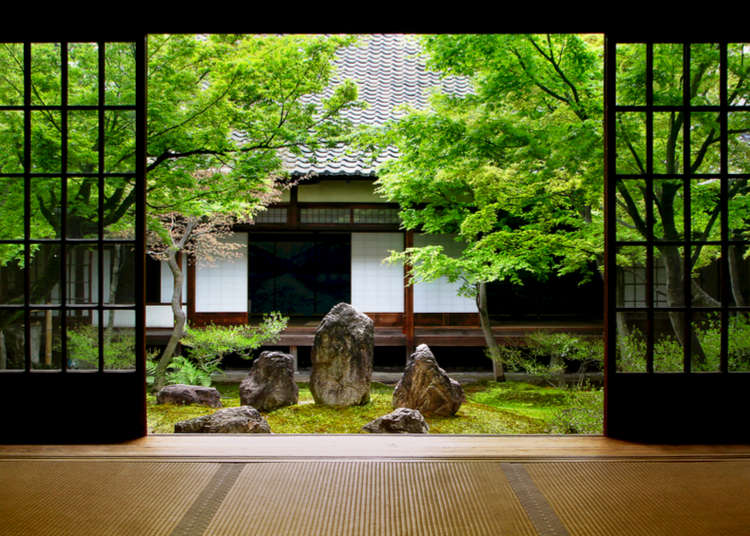
When thinking about a traditional Japanese home, most people automatically think about tatami, the traditional straw mat that has served as flooring for many centuries. These mats have been so common in Japanese houses that the size of rooms was measured by how many tatami fit inside – a custom that has survived to this day and age.
What is Tatami made of?
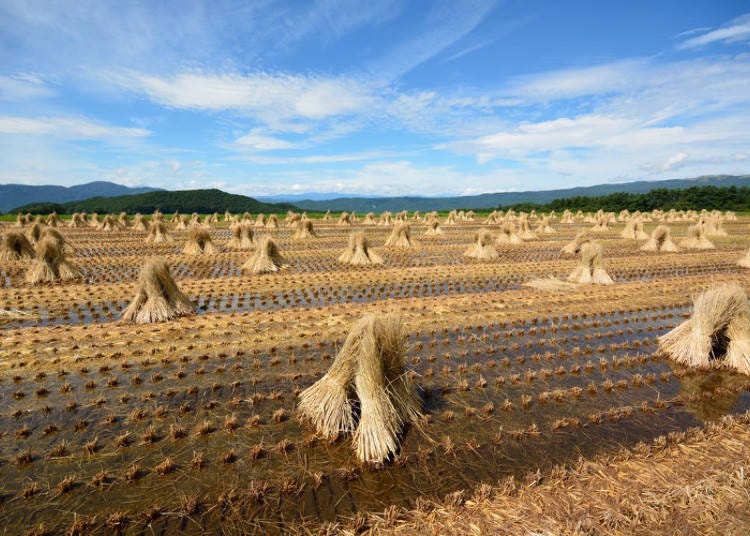
Tatami used to be made of rice straw. Originally, even the core of the mats consisted of this material, while nowadays, usually wood chip boards or polystyrene foam can be found inside the flooring.
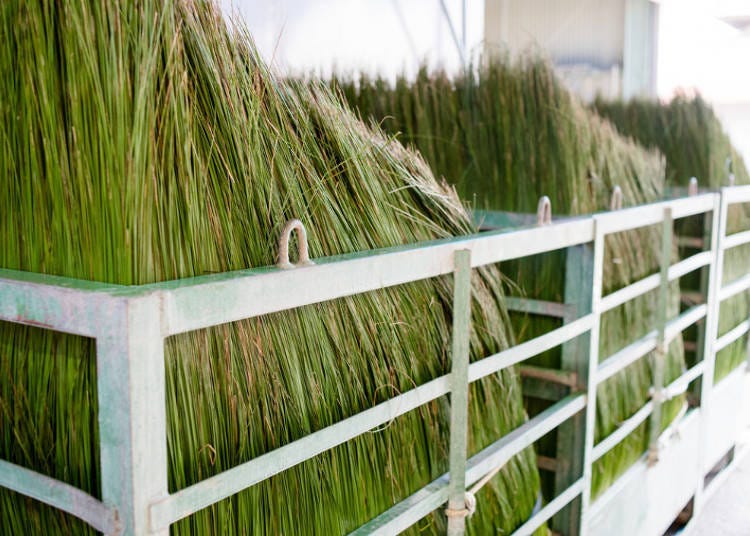
The soft covering of the floor mats is woven soft rush straw, or igusa straw, and the very material that makes tatami so characteristically comfortable to sit, walk, and sleep on. Today, tatami is made by machines but for the most part of its history, people wove the igusa straw by hand.
The History of Tatami
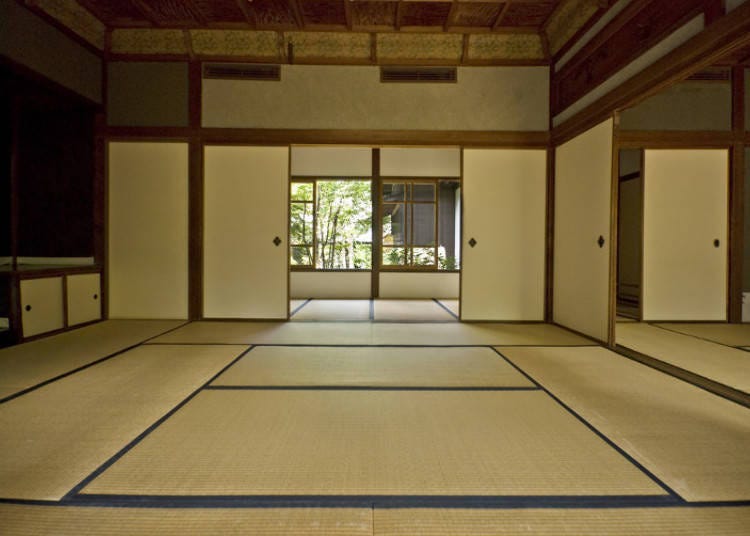
In tatami’s early history, the flooring wasn’t the hard mats that are known today. Instead, they were rather thin and foldable, which is also the origin of the name of the straw mats – tatamu means to fold, or to pile. For a long time, woven mats were exclusive to Japan’s wealthy nobility and even they did not have entire rooms laid out with tatami. It was only around the 15th century when so-called zashiki, entire tatami rooms, came into fashion, and a whole set of layouts and etiquette along with them. The Japanese commoners didn’t get to enjoy proper tatami until the late 17th century. Modern Japanese homes usually feature only one, if any, tatami room which is called washitsu, literally a Japanese-style room.
Tatami Sizes and Arrangements
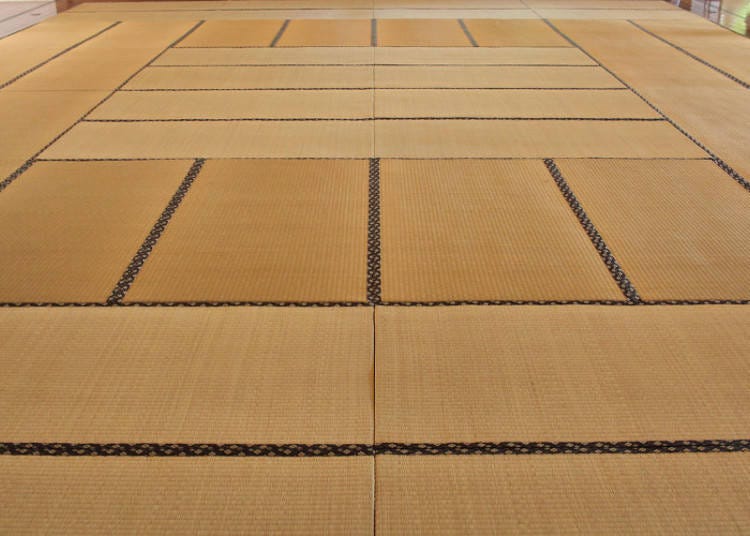
Interestingly enough, the size of tatami mats vary depending on where you are. In Tokyo, you will find tatami mats that are slightly smaller than those in Kyoto, for example. So a 4 1⁄2 mat room, which is the general size of most tea rooms, might be slightly bigger in the old capital than in the new one.
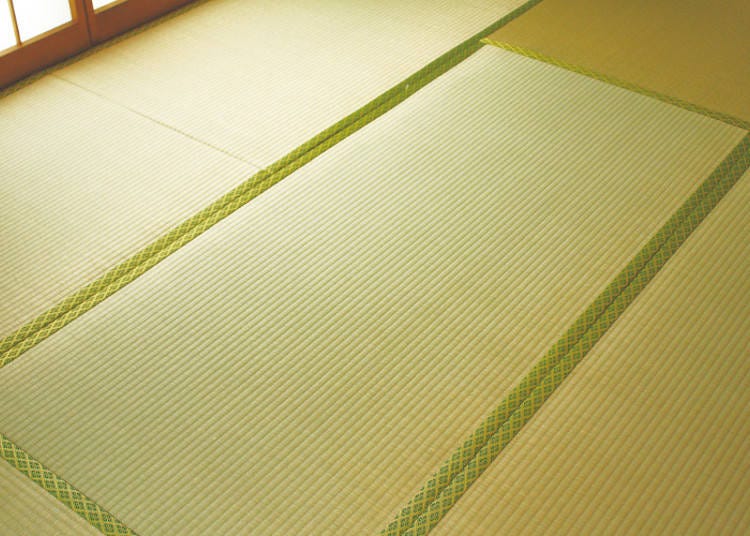
Besides dictating the size of a room, the arrangement of the individual tatami mats is also important. In the aforementioned tea rooms, this layout changes with the seasons, with the hearth mat being in the middle during winter to keep the room nice and cozy. An “inauspicious” arrangement is said be a bearer of bad luck.
Tatami Etiquette
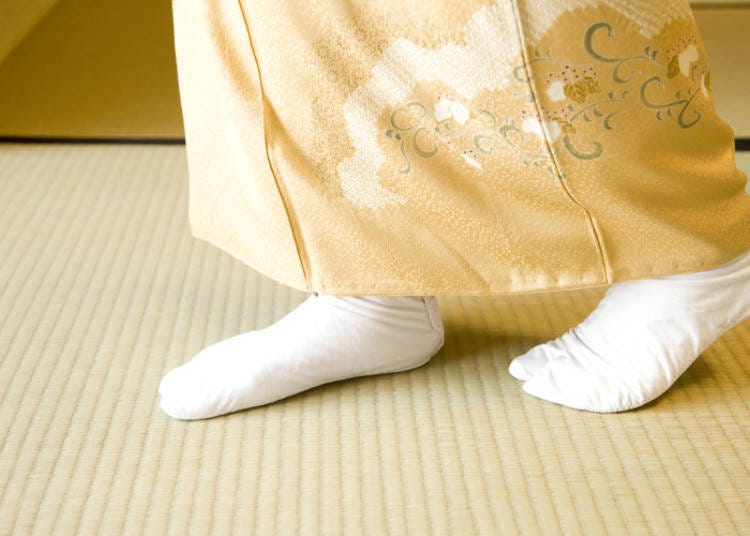
Most people know that it is a common custom to take off your shoes when entering a Japanese home and instead were comfortable slippers when inside. But what about tatami? When it comes to the traditional straw mats, the only proper way to walk over them is barefoot or with socks – not even slippers are allowed. This is done to keep the mats clean as they are easy to vacuum or dust but extremely hard to actually wash.
Whenever you see tatami as a flooring, be prepared to take your shoes off!
*Prices and options mentioned are subject to change.
*Unless stated otherwise, all prices include tax.
Popular Tours & Activitiess
Recommended places for you
-
Appealing

Rukku and Uohei
Izakaya
Sapporo / Chitose
-

ISHIDAYA Hanare
Yakiniku
Kobe, Sannomiya, Kitano
-

Jukuseiniku-to Namamottsuarera Nikubaru Italian Nikutaria Sannomiya
Izakaya
Kobe, Sannomiya, Kitano
-

Kanzenkoshitsuyakinikutabehodai Gyugyu Paradise Sannomiya
Yakiniku
Kobe, Sannomiya, Kitano
-
Goods
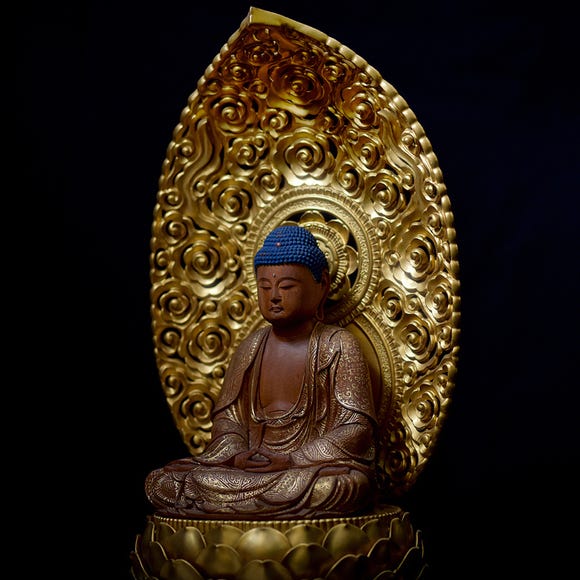
Yoshida Gennojo-Roho Kyoto Buddhist Altars
Gift Shops
Nijo Castle, Kyoto Imperial Palace
-

Kambei Sannomiyahonten
Yakiniku
Kobe, Sannomiya, Kitano
-

2025 Japan Autumn Color Report: Tokyo's Ginkgo Trees Starting to Glow
by: Timothy Sullivan
-

Don't Miss Out! The One Thing You Must Do Before Shopping at Mitsui Shopping Park LaLaport: Get Your Max 10% OFF Coupon Book
-

Black Friday 2025: These Are THE Japan Travel & Shopping Deals to Check Out
-

Enjoy Japan's Gorgeous Winter Lights! Ride the Romancecar to Shonan no Hoseki Illumination
by: Guest Contributor
-

A Travel Game Changer! Go Hands-Free Between Tokyo and Kyoto with LUGGAGE EXPRESS by JTB and JR Tokai
by: Guest Contributor
-

See Asakusa and Tokyo Skytree® in a New Light at the "Také Akari" Festival (Winter 2025-2026)
by: Guest Contributor
-

Chicken Nabe Hot Pot in Ginza: Enjoying Traditional Japanese Winter Soul Food! (Video)
by: Holly Neslusan
-

Easy Day Trip from Tokyo! Ultimate Sightseeing Guide for Hakone & Lake Ashinoko!
-

Niki no Kashi’s Manager Recommends: Tokyo’s Top 8 Souvenir Snacks!
-

Where You Should Stay in Nara: Best Areas & 24 Hotels For Visitors
-

Visiting Japan's Miffy Cafe Will Make Your Heart Melt (Photos)
-

Sightseeing Highlights: Experience the Appeal of Kyoto Geisha Culture
- #best sushi japan
- #what to do in odaiba
- #what to bring to japan
- #new years in tokyo
- #best ramen japan
- #what to buy in ameyoko
- #japanese nail trends
- #things to do japan
- #onsen tattoo friendly tokyo
- #daiso
- #best coffee japan
- #best japanese soft drinks
- #best yakiniku japan
- #japanese fashion culture
- #japanese convenience store snacks












